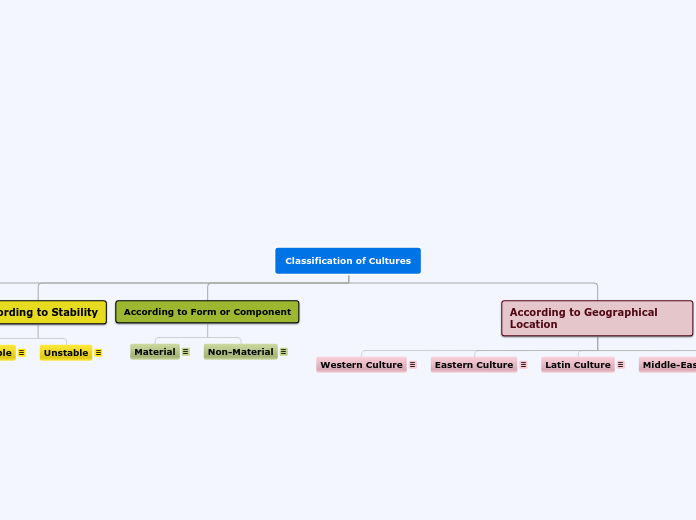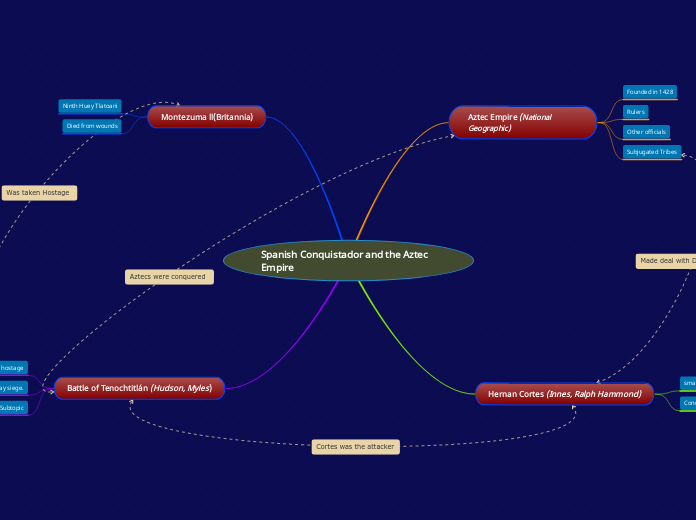Classification of Cultures
According to Geographical Location
African Culture
Africa is home to a number of tribes, ethnic and social groups. One of the key features of this culture is the large number of ethnic groups throughout the 54 countries on the continent. Nigeria alone has more than 300 tribes, for example.
Currently, Africa is divided into two cultural groups: North Africa and Sub-Saharan Africa. This is because Northwest Africa has strong ties to Middle East, while Sub-Saharan Africa shares historical, physical and social characteristics that are very different from North Africa, according to the University of Colorado. The harsh environment has been a large factor in the development of Sub-Saharan Africa culture, as there are a number of languages, cuisines, art and musical styles that have sprung up among the far-flung populations.
Middle-Eastern Culture
The countries of the Middle East have some but not all things in common.The Arabic language is one thing that is common throughout the region; however, the wide variety of dialect can sometimes make communication difficult. Religion is another cultural area that the countries of the Middle East have in common. The Middle East is the birthplace of Judaism, Christianity and Islam.
Latin Culture
Many of the Spanish-speaking nations are considered part of the Latin culture, while the geographic region is widespread. Latin America is typically defined as those parts of the Central America, South America and Mexico where Spanish or Portuguese are the dominant languages. Originally, the term "Latin America" was used by French geographers to differentiate between Anglo and Romance (Latin-based) languages, according to the University of Texas. While Spain and Portugal are on the European continent, they are considered the key influencers of what is known as Latin culture, which denotes people using languages derived from Latin, also known as Romance languages.
Eastern Culture
Eastern culture generally refers to the societal norms of countries in Far East Asia (including China, Japan, Vietnam, North Korea and South Korea) and the Indian subcontinent.
In general, in Eastern culture there is less of a distinction between secular society and religious philosophy than there is in the West.
Western Culture
The term "Western culture" has come to define the culture of European countries as well as those that have been heavily influenced by European immigration, such as the
United States.
Western culture has its roots in the Classical Period of the Greco-Roman era and the rise of Christianity in the 14th century.
Other drivers of Western culture include Latin,
Celtic, Germanic and Hellenic ethnic and linguistic groups. Today, the influences of Western culture can be seen in almost every country in the world.
According to Form or Component
Non-Material
It is the type of culture characterized by the uses and symbolism given to the artifacts and tangible objects produced and shared by its members.
Material
It is the type of culture characterized by the artifacts and tangible objects produced and shared by its members.
According to Stability
Unstable
The type of culture in which its members do not feel comfortable in the cultural context and patterns provided to them.
Stable
The type of culture in which its members feel comfortable in the cultural context and patterns provided to them.
According to Dynamism
Dynamic
The types of culture that changes under different trends or influences both internal and external.
Static
It is the type of culture that remains unaltered over time, generation after generation









